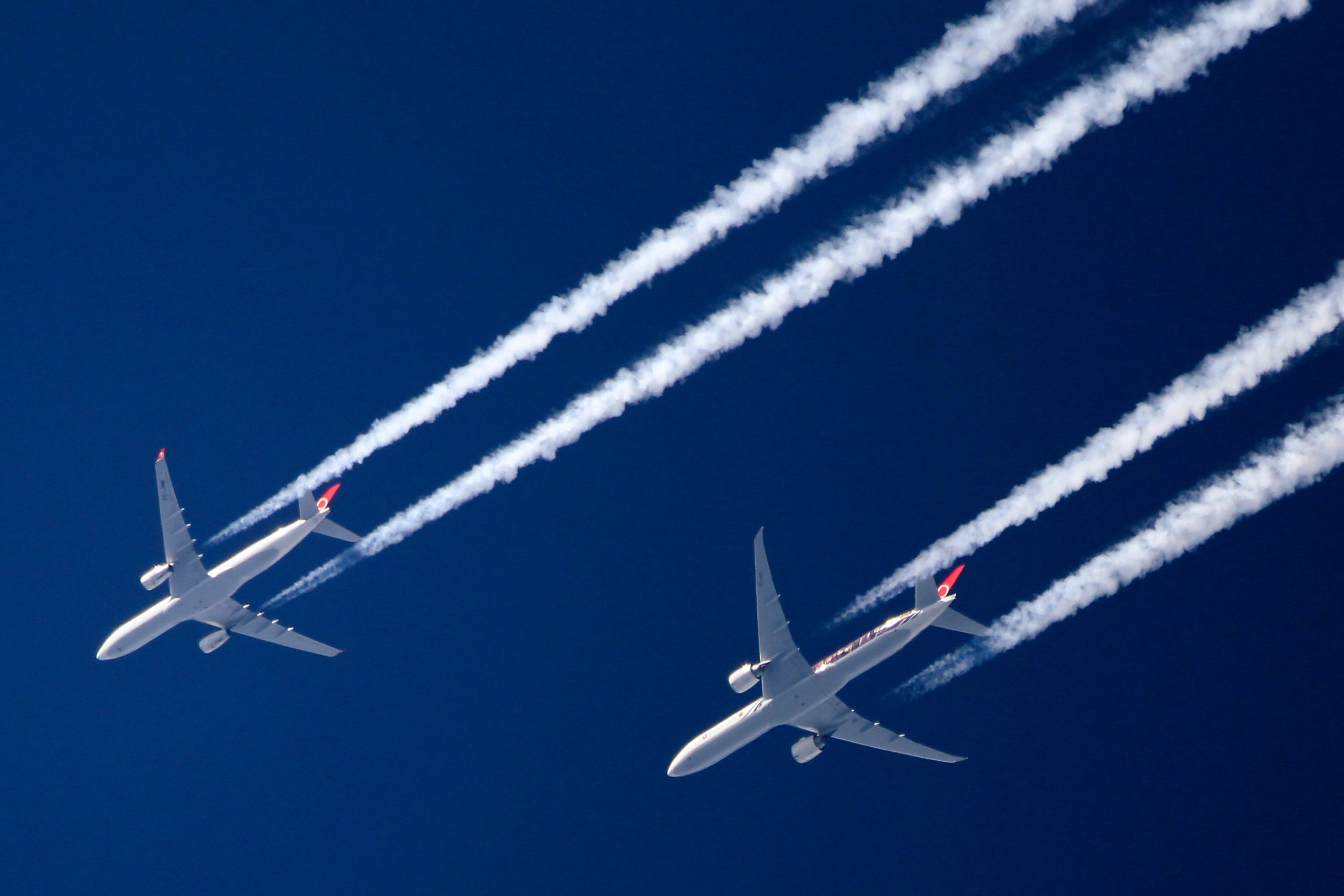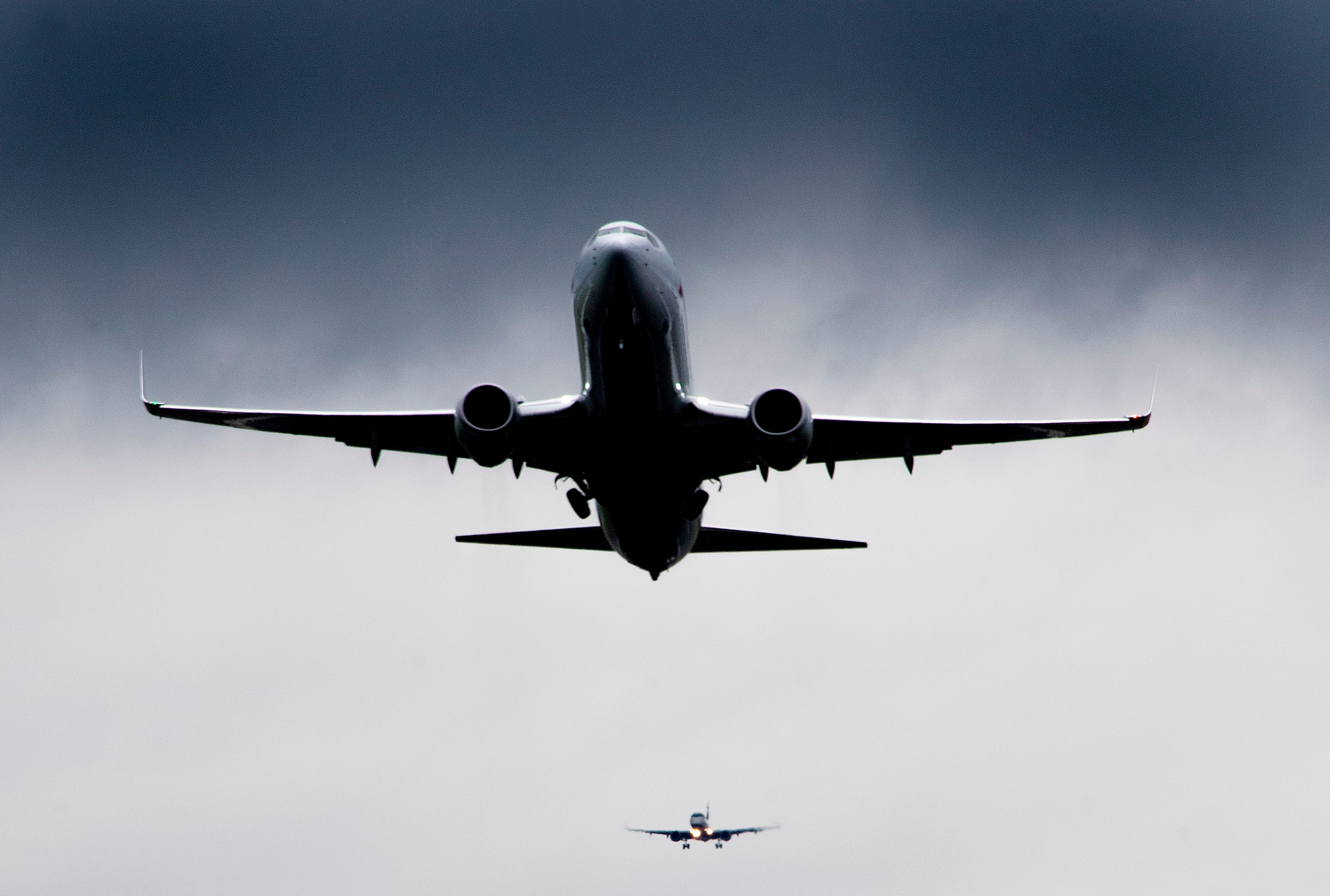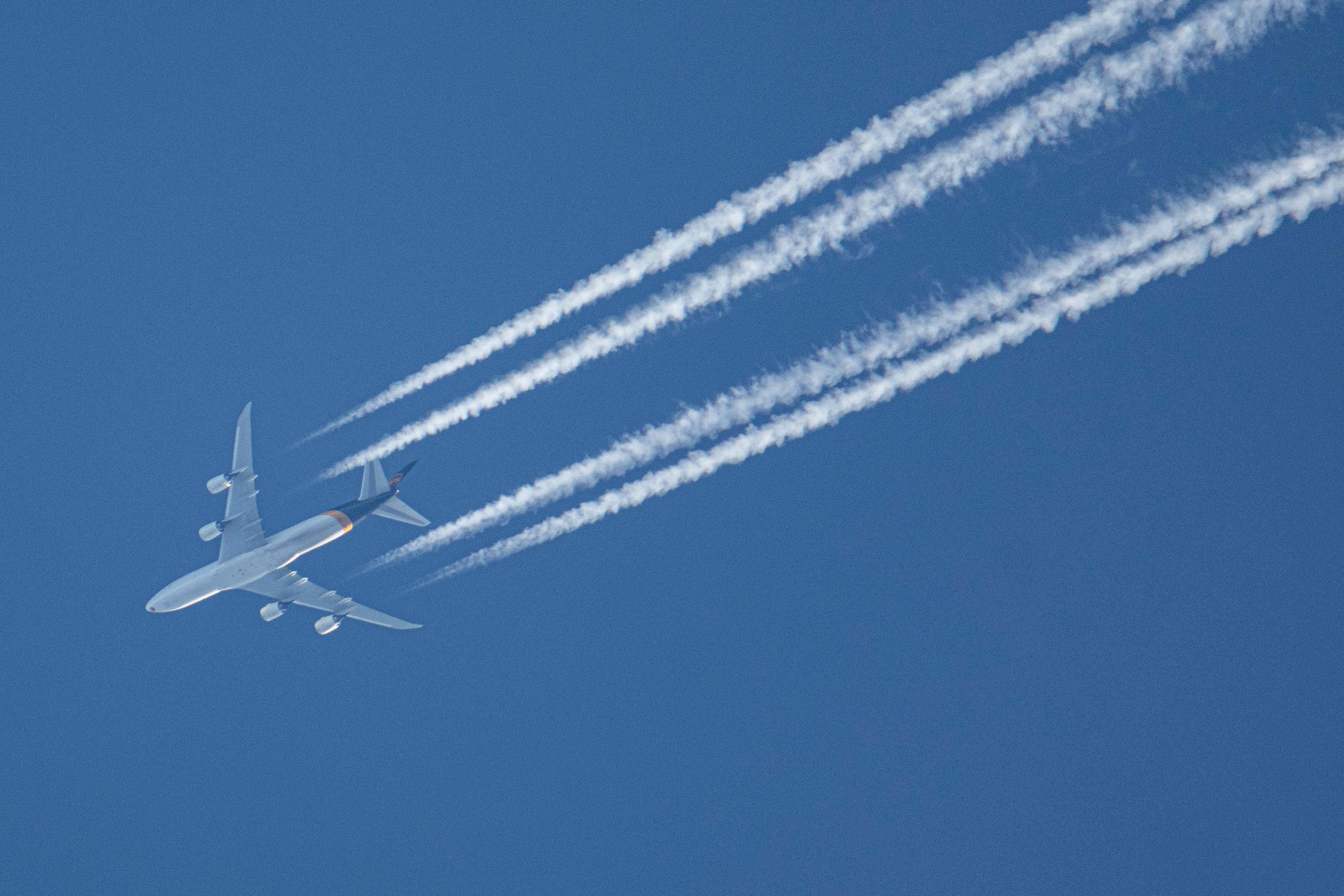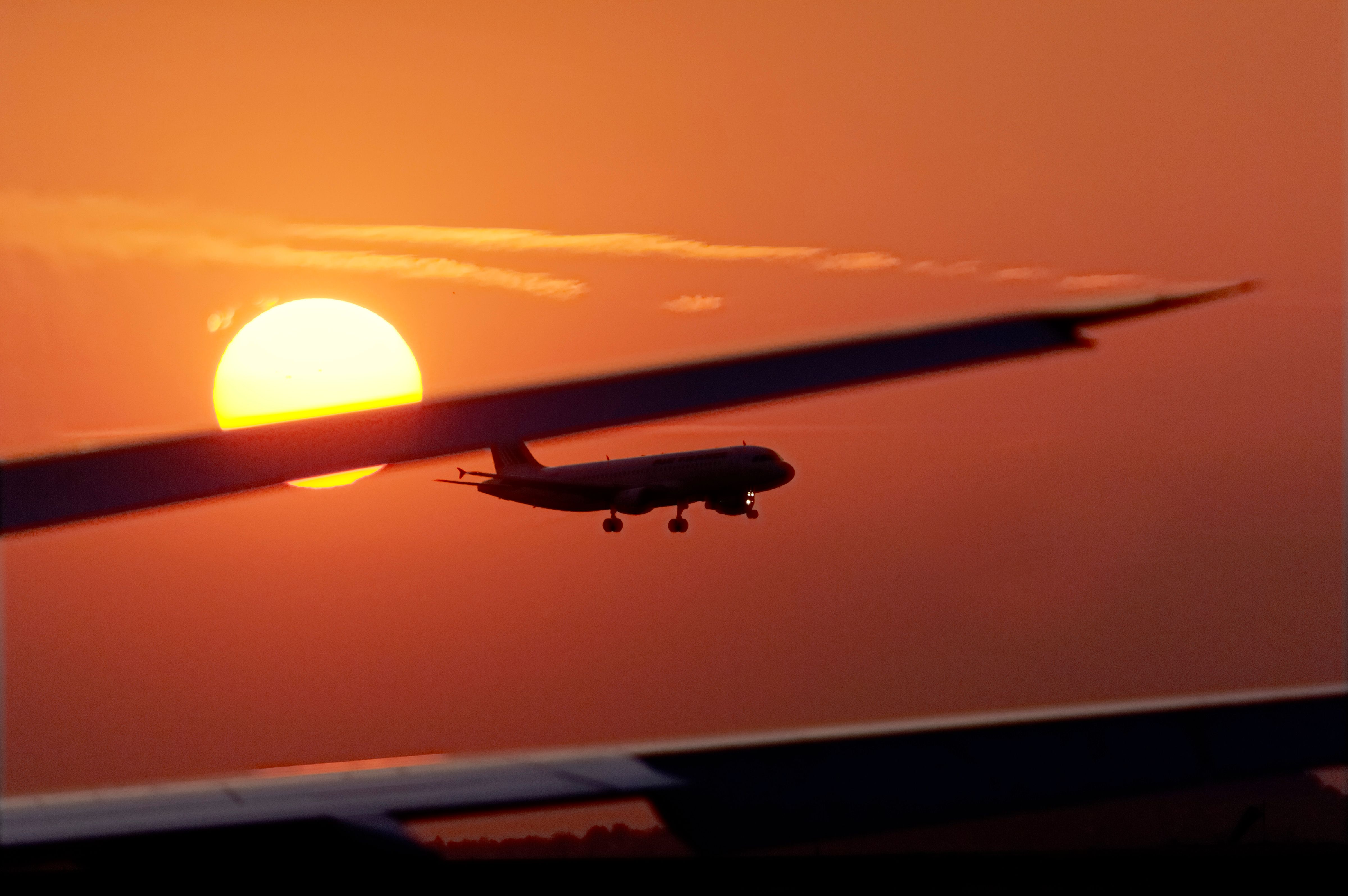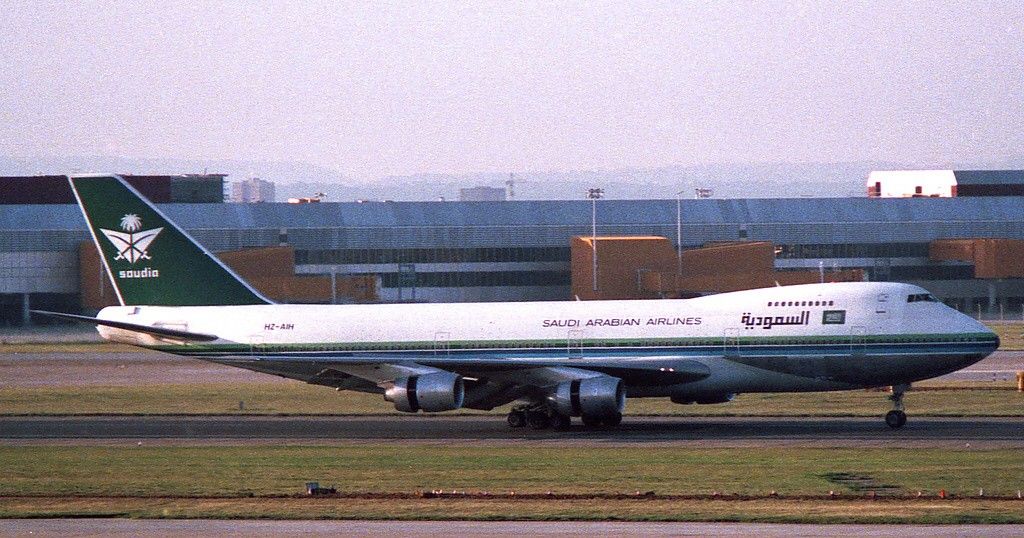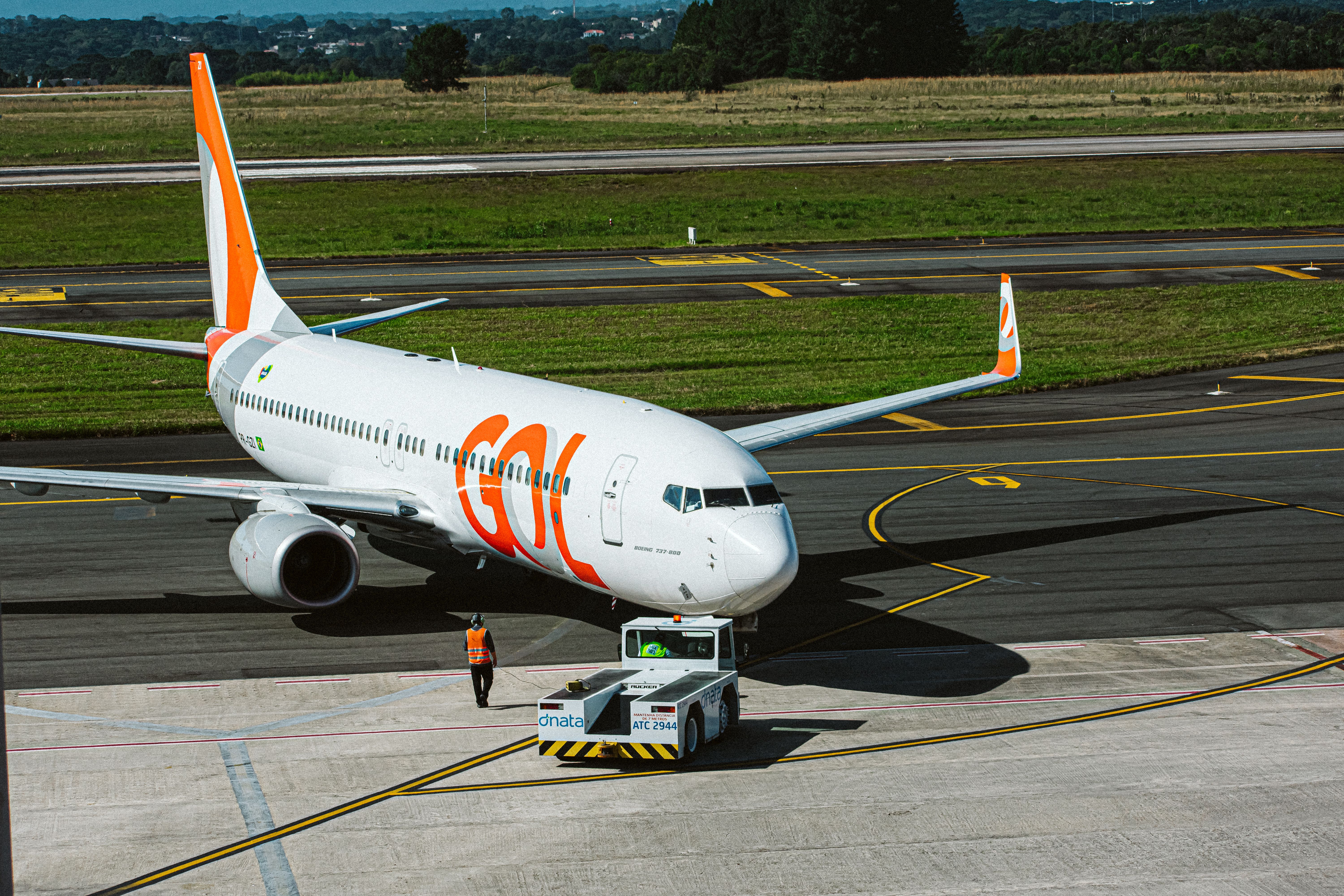With safety being paramount in all aviation, numerous measures are in place to keep aircraft apart in mid-air. One such example is an independent collision avoidance system known as TCAS. But what exactly is this, and how does it work?
Vertical separation
Vertical separation refers to the amount of altitude between two aircraft at the moment that their paths cross. The required amount of vertical separation between aircraft is dictated by the International Civil Aviation Organization (ICAO). Formed in Montréal, Canada in April 1947, this is a United Nations body responsible for establishing "the core principles permitting international transport by air."
The ICAO states that, under Instrument Flight Rules (IFR), aircraft should maintain a vertical separation of no less than 1,000 feet of altitude. This applies to aircraft flying at 29,000 feet or below. Aircraft above this altitude generally require a vertical separation of 2,000 feet or greater. Certain high-capacity corridors are exempt from this under Reduced Vertical Separation Minima (RVSM). In these instances, the minimum vertical separation remains at 1,000 feet.
Stay informed: Sign up for our daily and weekly aviation news digests.
Air traffic controllers are generally responsible for ensuring that aircraft retain a suitable degree of vertical separation. However, in instances where it appears that a mid-air collision may be possible, a system known as TCAS also comes into play.
How does TCAS work?
TCAS stands for Traffic Collision Avoidance System, and its purpose is to minimize the risk of mid-air collisions between aircraft. The ICAO requires all aircraft with a capacity of more than 19 passengers to be fitted with this safety measure. The rule also applies to aircraft with a maximum takeoff weight (MTOW) of more than 5,700 kg.
Working independently from air traffic control, TCAS uses nearby aircraft's transponder signals to alert pilots to the danger of mid-air collisions. It does so by constructing a three-dimensional map of the airspace through which the aircraft is traveling. In detecting other aircraft's transponder signals, it can foresee potential collisions based on the speeds and altitudes of planes passing through the airspace in question.
If TCAS detects a potential collision, it will automatically notify each of the affected aircraft. In this instance, it will automatically initiate a mutual avoidance maneuver. This involves the system informing the crews of the aircraft in question both audibly and visibly to either climb or descend in a manner that ensures that, when their paths cross, they do not meet.
An incident that could have been avoided
On November 12th, 1996, the world’s deadliest mid-air collision took place near India’s capital New Delhi. A Saudia Boeing 747 had departed Delhi while a Kazakhstan Airlines Ilyushin Il-76TD was descending to land in the capital city.
The Saudia aircraft was given permission by the ATC to climb to 14,000 feet, while the incoming Kazakhstan plane was cleared to descend to 15,000 feet. The controllers believed that both planes would pass each other safely due to a 1,000 feet separation between them.
But moments later, the two aircraft collided as they entered a thick cloud, killing all 349 people onboard. A post-crash investigation suggested that the Kazhak pilots failed to understand the ATC instructions and descended below their assigned altitude.
In the wake of the incident, the Indian aviation authorities made it mandatory for all aircraft being operated in its airspace to be equipped with TCAS.
Catastrophe as a consequence of confusion
However, TCAS is not a perfect system. In 2002, a Tupolev Tu-154 and a Boeing 757F collided over Überlingen, Germany, resulting in the deaths of all 71 occupants of the two aircraft. The cause of the crash was found to have been confusion between the instructions provided by air traffic control and TCAS.
Specifically, the Tupolev's crew disregarded TCAS instructions in favor of those from local air traffic control. Meanwhile, the Boeing's crew followed TCAS advice, having not been instructed by ATC. As such, both aircraft descended (rather than one descending and one climbing as per TCAS) and subsequently collided.
The crash was the second-deadliest mid-air collision of the 21st century, behind GOL flight 1907. This flight, operated by a Boeing 737, collided with an Embraer Legacy private jet over Brazil in September 2006. The latter of these aircraft did not have its transponder activated at the time of the crash, rendering it invisible to the GOL 737's TCAS. All 154 occupants of the 737 lost their lives, although the Embraer was able to land safely despite the damage, with no injuries to its seven occupants.

